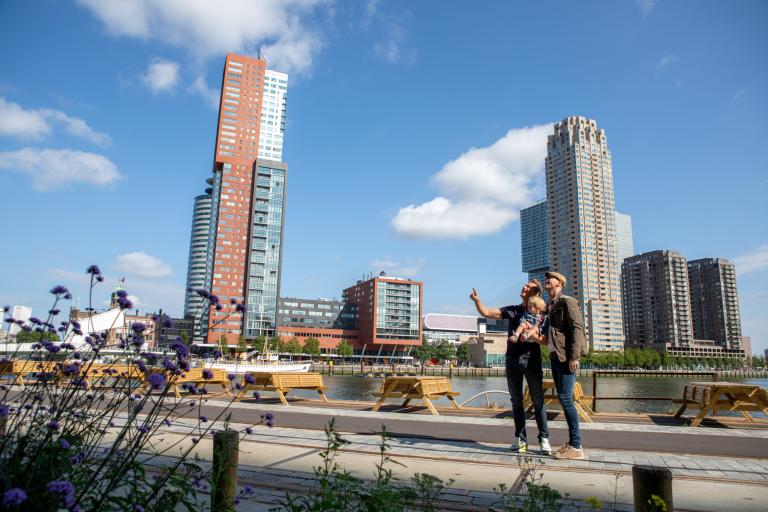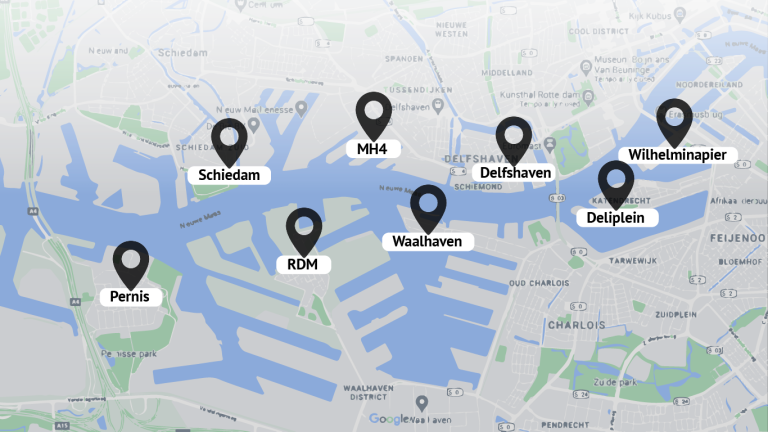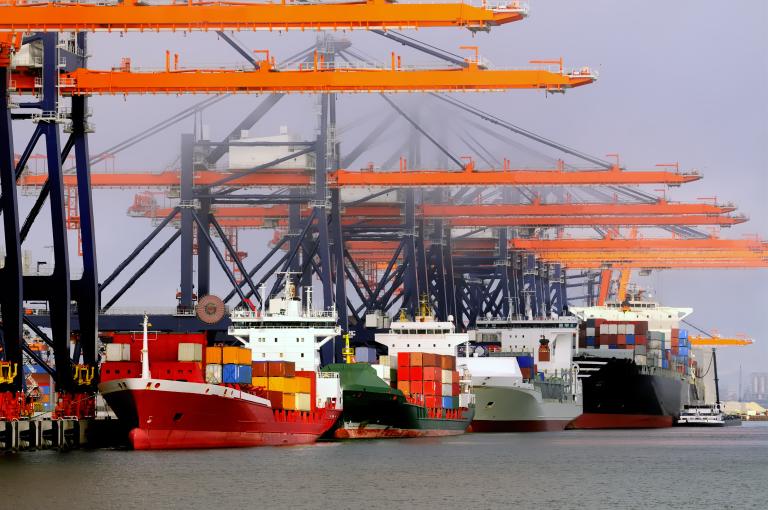
(Re)imagining Port Cities: Understanding Space, Society and Culture
Land meets water, and industry meets urban meets rural spaces. Throughout the ages, port cities have boosted economic and social developments, but they have also caused pollution and social injustice.
‘Whenever there is a one-sided focus on economic growth, as has been the case in recent decades, you shouldn’t be surprised if urban planning goes awry,’ says Elise van Dooren, assistant professor at the Faculty of Architecture and the Built Environment of TU Delft. ‘Add to this the most urgent societal issue of our time, climate change, and there is every reason to come up with fresh ideas for port cities.
This minor is a collaboration between Leiden University, TU Delft and Erasmus University Rotterdam and is open to all bachelor students of these universities. It is initiated by the scientific Leiden-Delft-Erasmus Port City Futures Programme. Read more about the program in the study guide of the coordinating university for this minor. You can register for this minor via the standard registration procedure for minors at your own university.
Reasons to choose a Leiden-Delft-Erasmus minor:
 1. Joint, multidisciplinary education by three top-class universities.
1. Joint, multidisciplinary education by three top-class universities.
2. Important societal challenges and new solutions.
3. Educators and students from different academic fields.
4. Cases by companies, governments and NGOs.
5. Expand your network in Leiden, Den Haag, Delft and Rotterdam.
More Leiden-Delft-Erasmus minors
What are the key features of the multidisciplinary Leiden-Delft-Erasmus minors?
- Admission requirements: Most Leiden-Delft-Erasmus minors are open to all students of Leiden University, TU Delft and Erasmus University Rotterdam. A small number also require prior knowledge or involve a selection process.
- Number of places: 30 Students can participate. Students from each of the universities are equally likely to be placed.
- Language: All Leiden-Delft-Erasmus minors are taught in English.
- Credits: All minors have a coherent program of 30 EC. For Erasmus students it is possible to only follow the first block of 15 EC.
- Location: The lectures and seminars are held in one or more of the following cities: Leiden, Delft, The Hague, Rotterdam.
- Applications: You apply for a Leiden-Delft-Erasmus minor via eduXchange.
- Selection: This is a selection minor. Make sure you check the application date.
Lecturers about this minor
'Next to lectures and excursions, the students will do research and design studies.'
 Elise van Dooren:‘The minor PortCityFutures is open for everyone who is interested. For design students, it offers a deepening of their design skills in relation to the social, historical, and cultural context. And it provides non-designers an opportunity to explore design and how it relates to their professional way of thinking. Next to lectures and excursions, the students will do research and design studies. The goal of the assignments is to play with ideas, not to produce complete solutions.’ Read more
Elise van Dooren:‘The minor PortCityFutures is open for everyone who is interested. For design students, it offers a deepening of their design skills in relation to the social, historical, and cultural context. And it provides non-designers an opportunity to explore design and how it relates to their professional way of thinking. Next to lectures and excursions, the students will do research and design studies. The goal of the assignments is to play with ideas, not to produce complete solutions.’ Read more
 'The overlap between research and design that makes the minor attractive for a wide range of students.'
'The overlap between research and design that makes the minor attractive for a wide range of students.'
Didem Yerli is a postdoctoral researcher in the Institute of Cultural Anthropology and Development Sociology of Leiden University and one of the minor’s lecturers: ‘Social scientists, such as anthropologists and economists, tend to focus on what has already happened, on observing the effects of past decisions. Designers on the other hand target the future, extending the current context 20 to 30 years into the future.'
'The present is where these perspectives meet, where the decisions are made that will affect the future. The minor offers designers and non-designers the opportunity an early chance to learn to appreciate each other’s perspectives, and to collaboratively take on the challenges of port cities.' Read more
Read more




